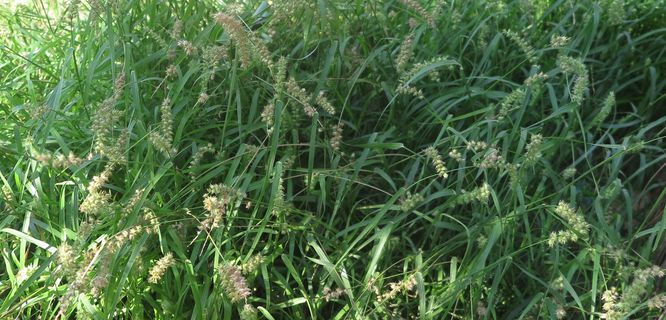Australian Plant Census (2011) available at: Vascular Plants APNI (biodiversity.org.au)
Australian National Herbarium (2008). Records from the ANHSIR specimen database. Australia's Virtual Herbarium (AVH) (2008). Council of Heads of Australian Herbaria (CHAH). Available at: Home - AVH (chah.org.au)
Council of Heads of Australian Herbaria (CHAH). Available at: Home - AVH (chah.org.au)
Brink, M. (2006). Cenchrus biflorus Roxb. in Brink, M. & Belay, G. (Eds). PROTA 1: Cereals and pulses/Céréales et légumes secs. [CD-Rom]. PROTA, Wageningen, Netherlands.
Mullen, C.L., Dellow, J.J. & McCaffery, A.C. (2005). Spiny Burrgrass AGFACT.
Sharp, D. & Simon, B.K. (2002). AusGrass: Grasses of Australia. ABRS, Canberra.
Stieber M.T. & Wipff, J.K. (2008). Cenchrus. Available at: Herbarium | USU
The Weeds Society of Western Australia (1998). Cenchrus biflorus.
Western Australian Herbarium (2008). Cenchrus biflorus. FloraBase - The Western Australian Flora. Department of Environment and Conservation. Available at: Taxon Profile of Cenchrus biflorus Roxb. | Florabase (dbca.wa.gov.au)

















